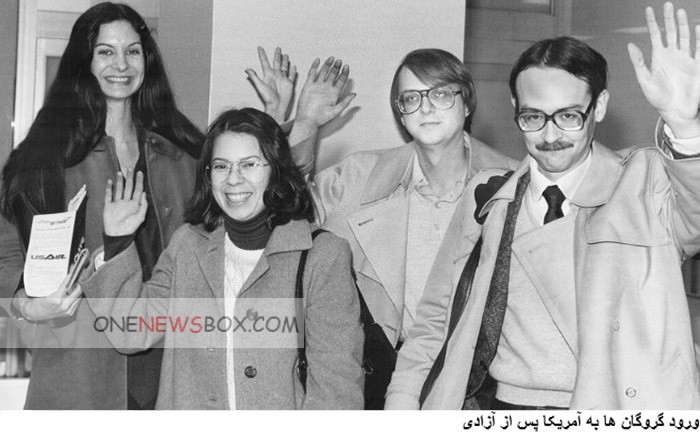A turning point in modern diplomacy — embassies, once considered sacred safe havens, were now recognized as vulnerable targets. This evolution shaped how America responded to later crises, from hijackings in the 1980s to post-9/11 counterterrorism operations. The mission revealed severe coordination problems between different military branches. In 1980, the Pentagon created JSOC to unify elite forces like Delta Force, Navy SEALs, and Rangers under one command.
Some guards showed sympathy, smuggling food or treating hostages with relative respect. Others were brutal, alternating between threats and intimidation. One hostage, Colonel Charles Scott, recalled that captors sometimes debated ideology with prisoners, framing the crisis as a clash between Islamic revolution and Western imperialism. Talking was forbidden in many cases, so hostages created covert systems, such as tapping on walls or leaving coded notes. To preserve sanity, hostages developed personal routines — push-ups, storytelling, prayer, or mental games like reciting memorized books.

